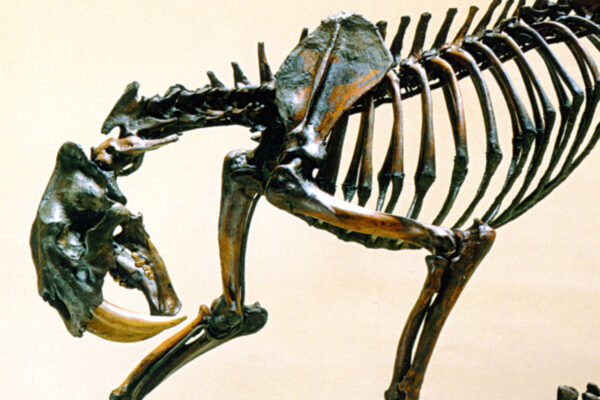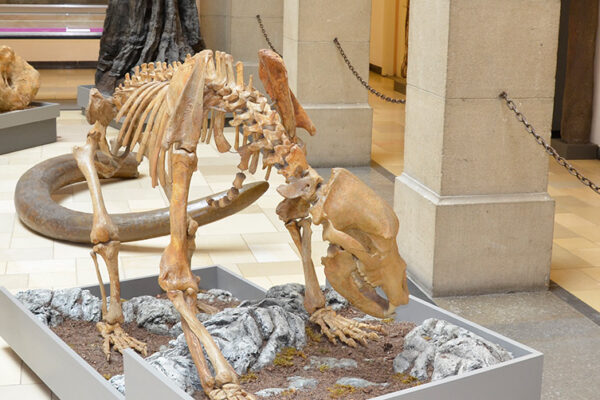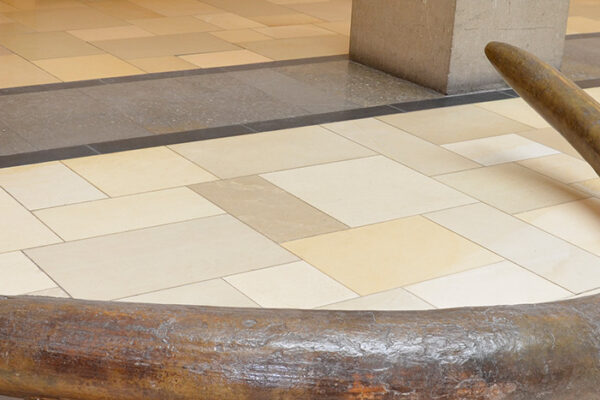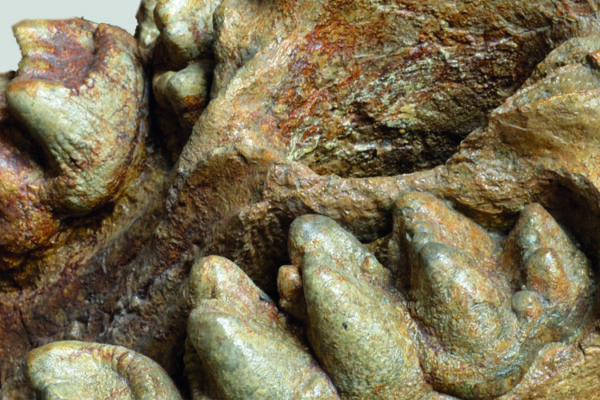Saber-Toothed Cat
Fossil mammals tour
Giant Deer
Fossil mammals tour
Cave Bear
Fossil mammals tour
Sandelzhausen
Fossil mammals tour
Woolly Mammoth Tusk
Fossil mammals tour
Prehistoric Elephant Skull
Fossil mammals tour
Prehistoric Elephant Skeleton
Fossil mammals tour










